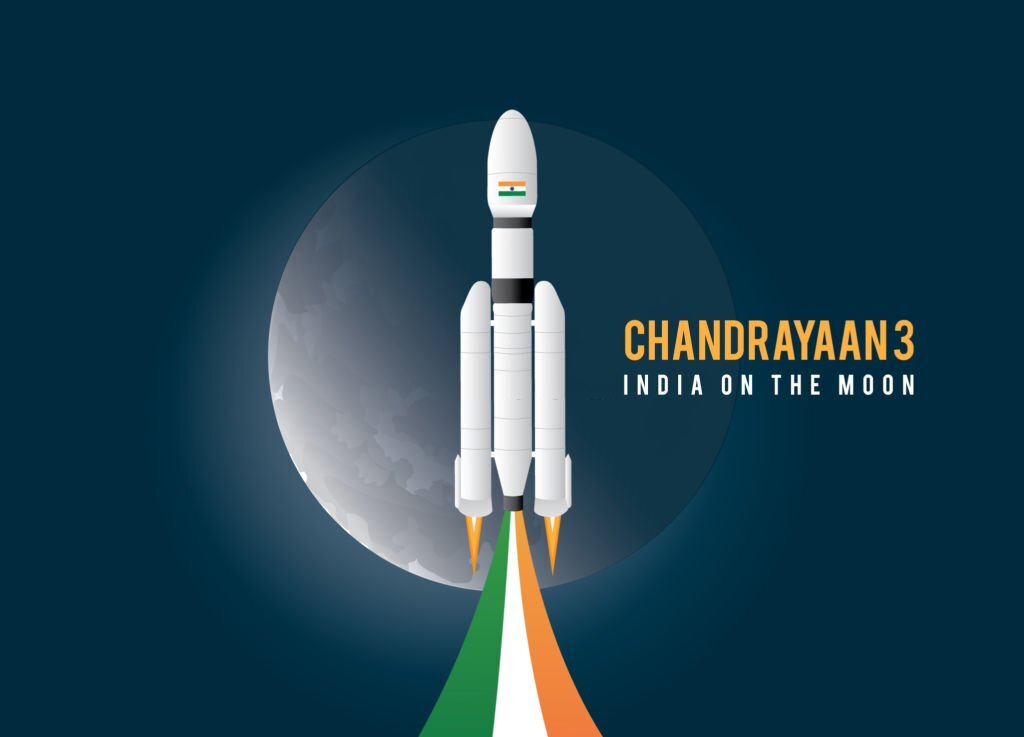We will always remember the 23rd of August. We Indians are not only extremely pleased with ISRO’s incredible accomplishment but also absolutely in awe of it.
Ever since the launch of Chandrayan 3 on July 14th, the whole nation has been anticipating this moment.
On August 23rd, our nation finally became the first country to soft land on the moon’s south pole. Although a lot of countries have tried doing the same, we have been the first to achieve this feat.
While the success of Chandrayaan-3 did highlight significant scientific breakthroughs by ISRO, there are also some financial lessons we can all take away from this remarkable performance.
Mastering Delayed Gratification
Space projects like Chandrayaan-3 require steadfast patience and a long-term perspective. This also teaches us an important lesson in personal finance.
Chandrayaan-3 looped through progressively wider orbits in order to use the Earth’s gravitational pull as a slingshot, thus taking more than 40 days to arrive at the moon.
Whereas, Russia’s Lunar 25, which was intended to arrive at the moon before Chandrayaan-3, was predicted to travel at a considerably higher speed. However, it crashed and was unable to succeed.
Thereafter, just like space missions, investments need time to grow and multiply. A long-term investment will allow one to leverage the power of time and market trends to attain financial goals.
The Art of Budgeting
ISRO was able to deploy less potent – and less expensive – propulsion systems, as it took a longer route to the moon. This decision helped in controlling expenses on Chandrayan 3.
Preparedness for Emergency
ISRO chose a “failure-based design” approach to protect the mission against difficulties and ensure a successful and safe landing. The approach prioritized failure scenarios to protect the mission from difficulties and ensure a successful, safe landing.
ISRO chairman S. Somanath said, “We have also made sure that if two of the engines don’t work this time, they will still be able to land. So the whole design has been made to make sure that it should be able to handle many failures, provided the algorithms work properly.”
Similar to this, it’s critical to prepare for potential unforeseen circumstances when it comes to your personal finances. The first step is to set up a sufficient emergency fund, which includes effectively saving enough money for six months’ worth of regular, essential monthly spending. The second is to have enough health insurance so that you are covered in the event of hospitalization, which might wipe out all of your savings over the course of your lifetime.
The Importance of Risk Assessment in Effective Planning
Financial missions are no different from space missions in terms of their underlying danger. On Chandrayaan-3, mission planners carefully assessed potential dangers and developed strategies for risk mitigation. In a similar vein, diversifying your investment holdings is essential for risk management.
Since diversity protects one against emergency events, you should definitely consider investing across asset classes in order to reduce the impact of market volatility on your overall financial position.
The Power of Persistence
Despite Chandrayaan-2’s failure in 2019, ISRO continued with its lunar exploration program and eventually made sure Chandrayaan-3 would succeed. Similar to this, your personal investment shouldn’t cease due to setbacks.
Delays in personal finance, such as collapsing markets, underperforming investments, or economic recessions, must be dealt with a lot of persistence. However, it is equally significant to monitor your finances, adhere to your financial goals, and modify your financial plans whenever necessary.





